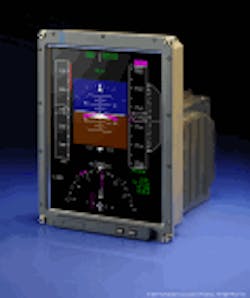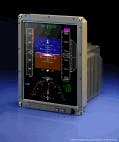Avionics displays designers see challenges in integrating commercial technology in rugged military cockpits
Posted By John McHale

